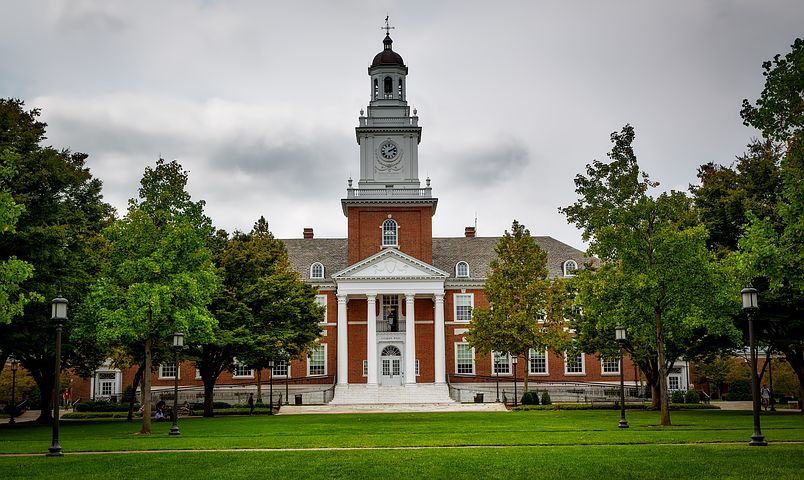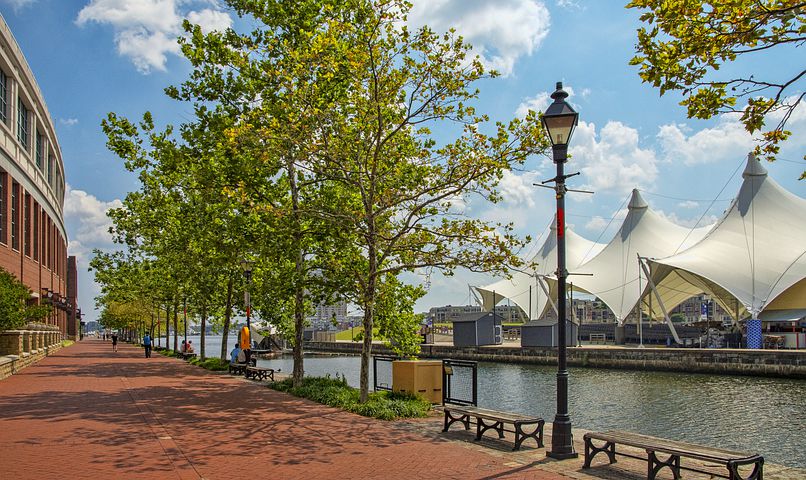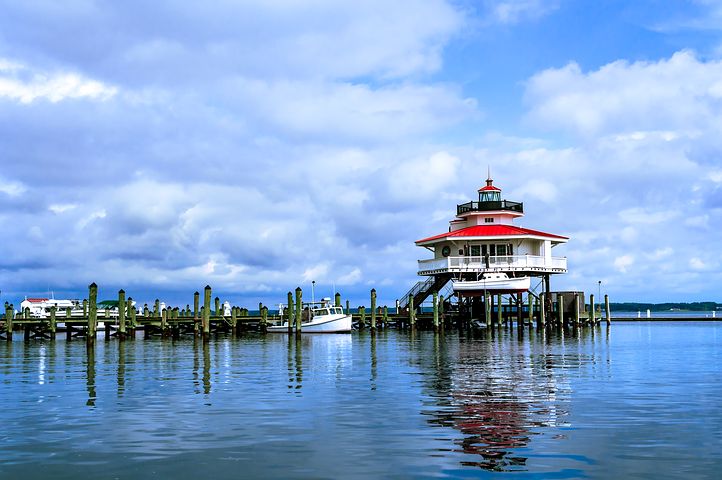Maryland
A Deep Dive into the History of Maryland

Maryland, a small yet significant state in the United States, carries a rich tapestry of history and culture. Known for its diverse geography, Maryland has been a witness to some of the most crucial events in American history.
The Genesis of Maryland
Named in honor of Queen Henrietta Maria of France, Maryland is nestled in the Mid-Atlantic region of the United States. It shares its borders with Virginia, West Virginia, and Washington, D.C., and is bounded by the Atlantic Ocean to its east. Despite being the eighth-smallest state by land area, the state is the 18th most populous and the fifth most densely populated in the US. Baltimore is its largest city, and Annapolis serves as the capital.
The state’s topography varies, with the Appalachian Mountains adorning the western region, the Piedmont dominating the central part, and the Chesapeake Bay and the Atlantic Ocean defining the eastern and southeastern sides, respectively. Maryland is sometimes referred to as the “Old Line State”, the “Free State”, and the “Chesapeake Bay State”.
The Early Inhabitants
Prior to European exploration in the 16th century, Maryland was home to several Native American tribes, primarily the Algonquian peoples, and to a lesser extent, the Iroquoian and Siouan.
The Establishment of the Maryland Colony

The origin of Maryland as a colony can be traced back to George Calvert, 1st Baron Baltimore, a Catholic convert who aspired to create a refuge for Catholics persecuted in England. In 1632, King Charles I of England awarded Lord Baltimore a colonial charter, naming the colony after his wife, Henrietta Maria. Unlike the Pilgrims and Puritans, who shunned Catholicism in their settlements, Lord Baltimore envisioned a colony where people of varying religious sects could coexist peacefully.
Early Settlements and Economy
Maryland’s early settlements and population hubs were primarily located around rivers and other waterways that flowed into the Chesapeake Bay. The economy was heavily based on plantations, particularly tobacco cultivation. The need for inexpensive labor led to the importation of numerous indentured servants and enslaved Africans.
Boundary Disputes and Resolution
Maryland’s borders were not always as defined as they are today. The state underwent a long period of boundary disputes with Pennsylvania, which eventually led to the Mason-Dixon Line’s establishment. The line was agreed upon in 1760 and defined the border between Maryland and Pennsylvania.

Revolutionary Era
Maryland played a significant role in the events leading up to the American Revolution. In 1776, its representatives signed the Declaration of Independence. Several Maryland residents played key political and military roles during the Revolutionary War. In 1790, the state donated land for the establishment of the U.S. capital, Washington, D.C.
The Civil War and its Aftermath
Despite being a slave state, Maryland remained in the Union during the American Civil War. Its strategic location made it an important player during the conflict. After the Civil War, the state participated in the Industrial Revolution, bolstered by its seaports, railroad networks, and mass immigration from Europe.
Economic Advancements
Maryland has seen significant economic growth since the 1940s. The state boasts a diversified economy, spanning manufacturing, retail services, public administration, real estate, higher education, information technology, defense contracting, health care, and biotechnology. As of 2015, Maryland had the highest median household income of any state.

Cultural Diversity
Maryland is one of the most multicultural states in the US. It is home to the fifth-highest percentage of African Americans and has high numbers of residents born in Africa, Asia, Central America, and the Caribbean. The state’s central role in US history is reflected by its hosting of some of the highest numbers of historic landmarks per capita.

Contemporary Maryland
Today, the state continues to thrive as a state rich in history and diversity. Its significant role in shaping the nation is remembered through numerous landmarks and museums scattered across the state. In the present day, Maryland stands as a testament to the nation’s past while looking forward to a future of progress and prosperity.
From its early days as a refuge for persecuted Catholics to its role in the American Revolution and Civil War, Maryland’s history is a fascinating journey. It is a state where the old and the new harmoniously intertwine, creating a unique blend that continues to attract visitors and residents alike.
VISIT MARYLAND
FIND THE BEST THINGS TO DO IN MARYLAND
These Are The Best Waterfalls Near Baltimore to Visit, See and Explore